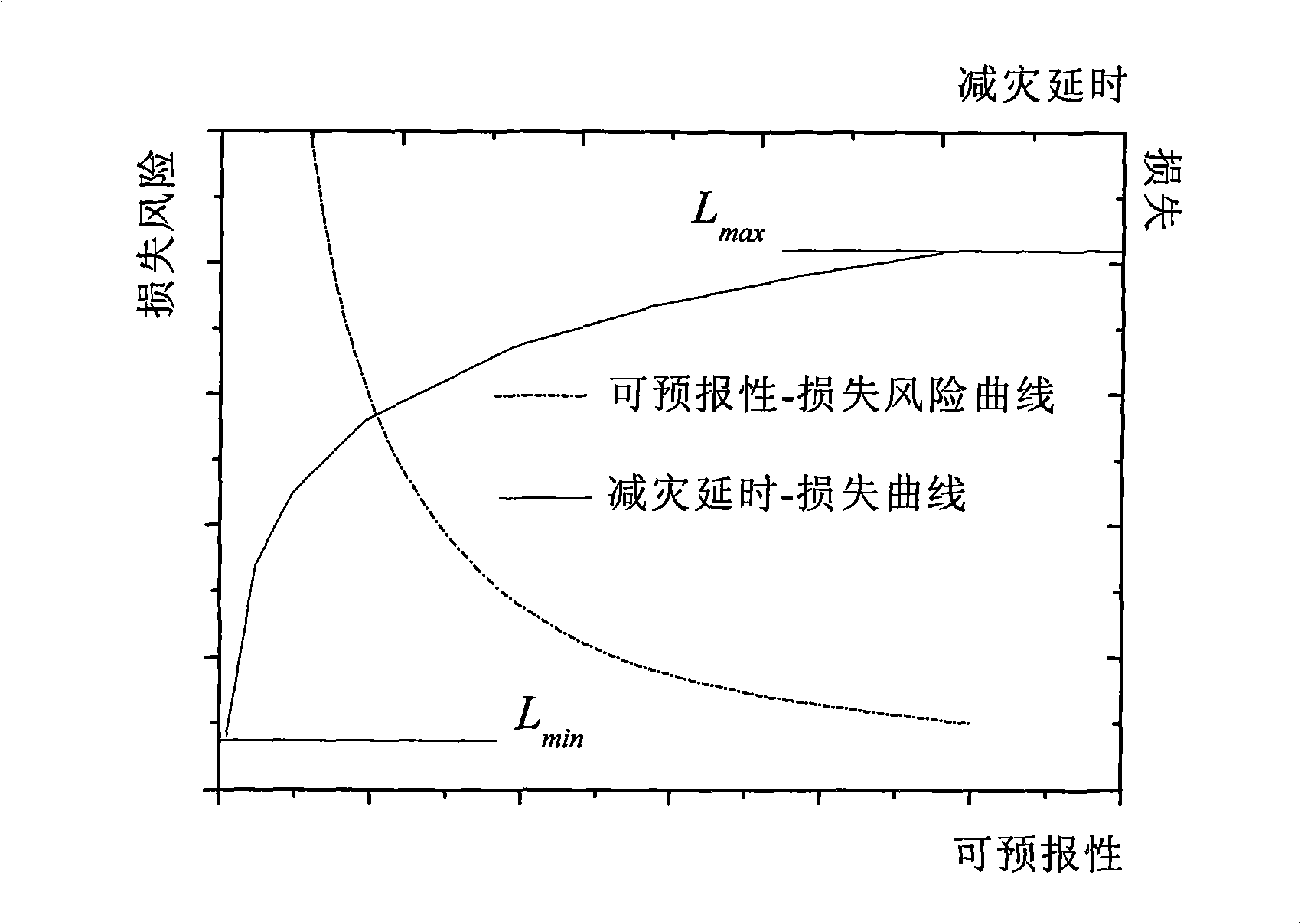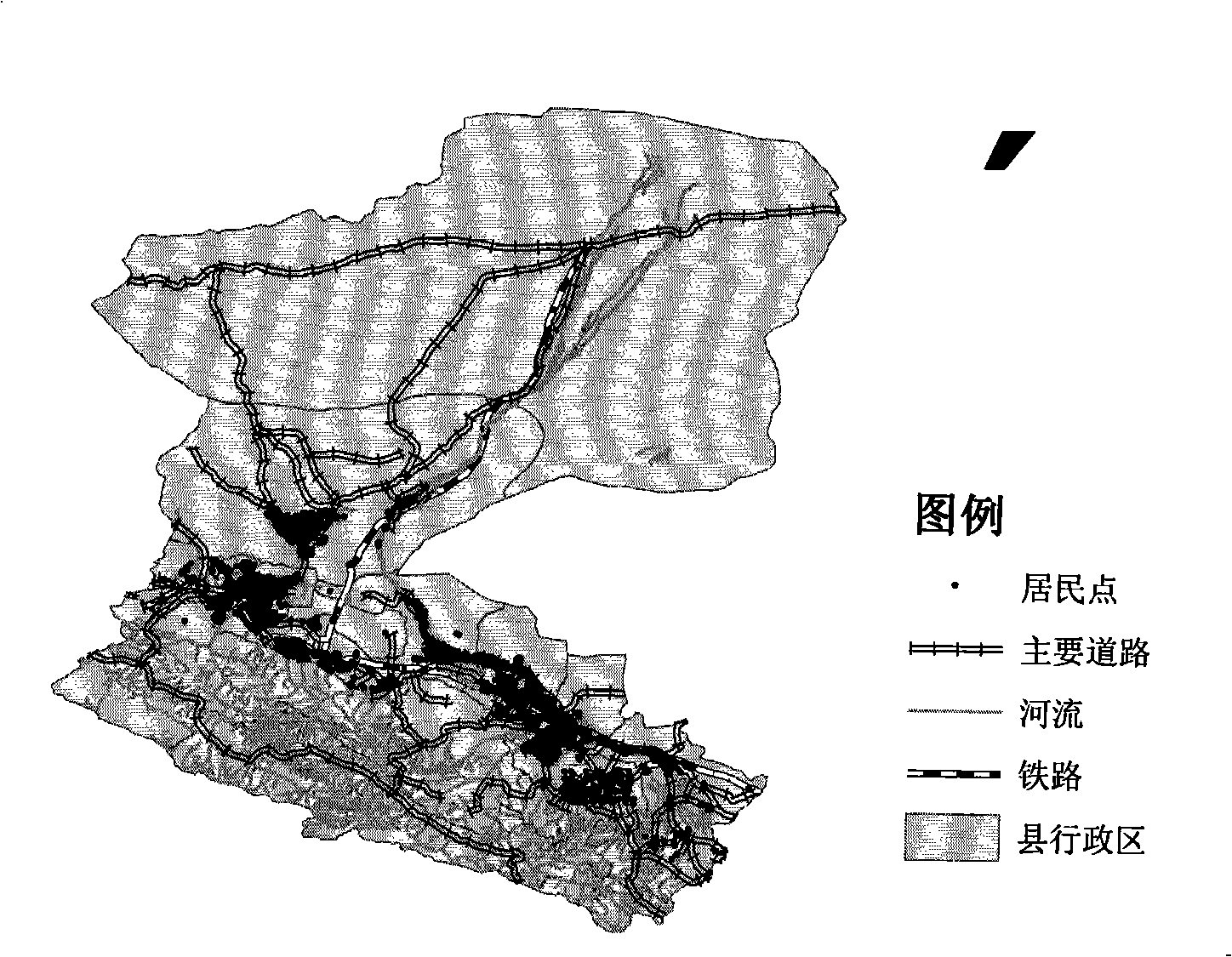Method for predicting dynamic risk and vulnerability under fine dimension
A technology of dynamic risk and prediction method, applied in the field of geo-information science, which can solve the problems of lack of dynamic probabilistic reasoning of risk, lack of real-time prediction function, and large deviation of prediction result positioning.
- Summary
- Abstract
- Description
- Claims
- Application Information
AI Technical Summary
Problems solved by technology
Method used
Image
Examples
Embodiment Construction
[0070] Such as figure 1 Shown is the empirical relationship between time and disaster risk, illustrating the importance of time to disaster reduction and relief, and the method proposed by the present invention can properly improve disaster reduction efficiency through prediction and evaluation.
[0071] One, such as figure 2 Shown, the concrete realization step of the inventive method is:
[0072] 1. Acquisition and preprocessing of data sets. The present invention performs modeling and prediction by fusing spatial data sets X of multiple types (including three types: continuous, discrete and category) and data from multiple sources at a fine scale. These data are preprocessed and converted appropriately to obtain training samples and test data sets.
[0073] The collected data can be divided into three aspects according to the principles of disasters:
[0074] (1) Hazard-causing factors, measurable factor variables that directly lead to disasters. Different types of disa...
PUM
 Login to View More
Login to View More Abstract
Description
Claims
Application Information
 Login to View More
Login to View More - R&D
- Intellectual Property
- Life Sciences
- Materials
- Tech Scout
- Unparalleled Data Quality
- Higher Quality Content
- 60% Fewer Hallucinations
Browse by: Latest US Patents, China's latest patents, Technical Efficacy Thesaurus, Application Domain, Technology Topic, Popular Technical Reports.
© 2025 PatSnap. All rights reserved.Legal|Privacy policy|Modern Slavery Act Transparency Statement|Sitemap|About US| Contact US: help@patsnap.com



